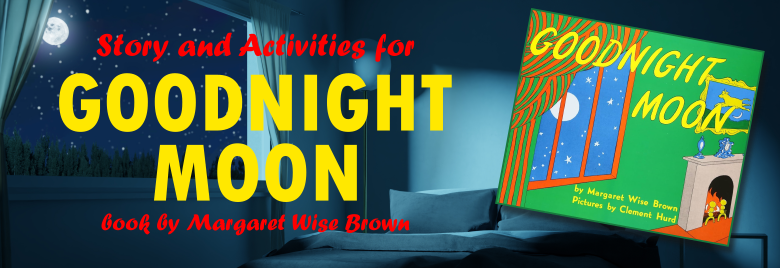
Stories and Activities to support
Goodnight Moon by Margaret Wise Brown
"Goodnight Moon" is a classic children's book written by Margaret Wise Brown and illustrated by Clement Hurd. It was first published in 1947 and has since become one of the most beloved and enduring bedtime stories for young children. The repetitive and soothing language, combined with the calming illustrations, creates a comforting and lulling effect.
Here are activities designed to enhance various skills such as sequencing, creativity, letter recognition, and more, all while embracing the calming and engaging nature of "Goodnight Moon." Adapt the activities based on the age and developmental level of the students.
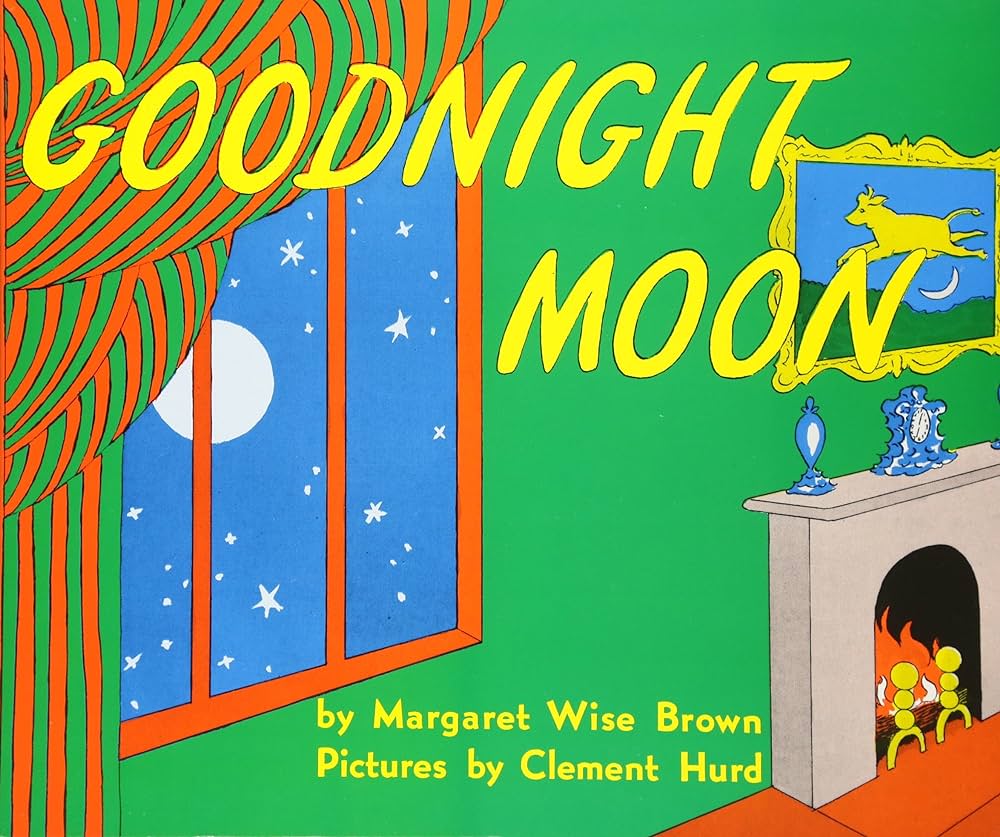 Interactive Read-Aloud
Interactive Read-Aloud
Read the book aloud, pausing to ask questions or make predictions. Encourage students to interact with the story by pointing out objects in the illustrations or finishing sentences that they've memorized.
Story Vocabulary
Review story vocabulary prior or after reading the story.
Match the word to the picture.
Play with story vocabulary
Sequencing the Story:
Have students cut out pictures representing key elements from the story and arrange them in the order they appear in the book. This helps reinforce sequencing skills.
What order are the items introduced in the book?
Reading
Go on a word hunt! Look for these words in the book.
Write the words.
More reading fun!
Science
Discuss the concept of night and day. Conduct activities related to the night sky, such as creating a simple starry night craft or discussing nocturnal animals.
Phases of the moon.
Retelling through Art:
Have students draw or paint their favorite part of the story. This activity encourages creativity and helps children express their understanding of the book.
Make a Moon by sponge painting a paper plate.
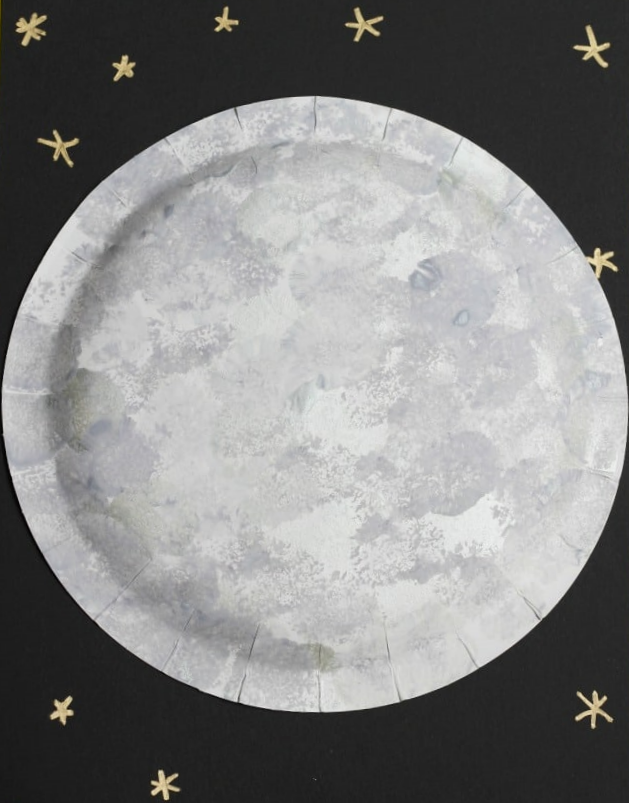
Or use aluminum foil and star stickers.
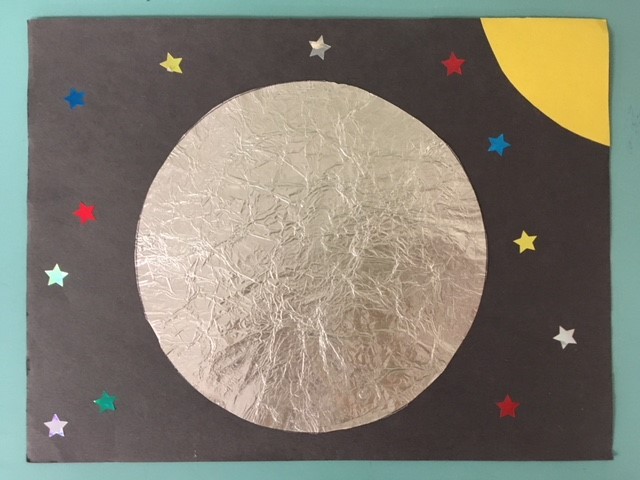
Goodnight Moon Dramatic Play:
Set up a dramatic play area resembling the "Goodnight Moon" room. Include props such as a red balloon, a quiet old lady, a bowl full of mush, and a little toy house. Allow students to engage in imaginative play as they say goodnight to each item.
Letter Recognition:
Create a letter recognition activity by focusing on the words used in the book. Have students identify and trace letters from the book, emphasizing the beginning sounds of key words.
Place Marshmallows or other M items to trace the letter M.
Make a M box.
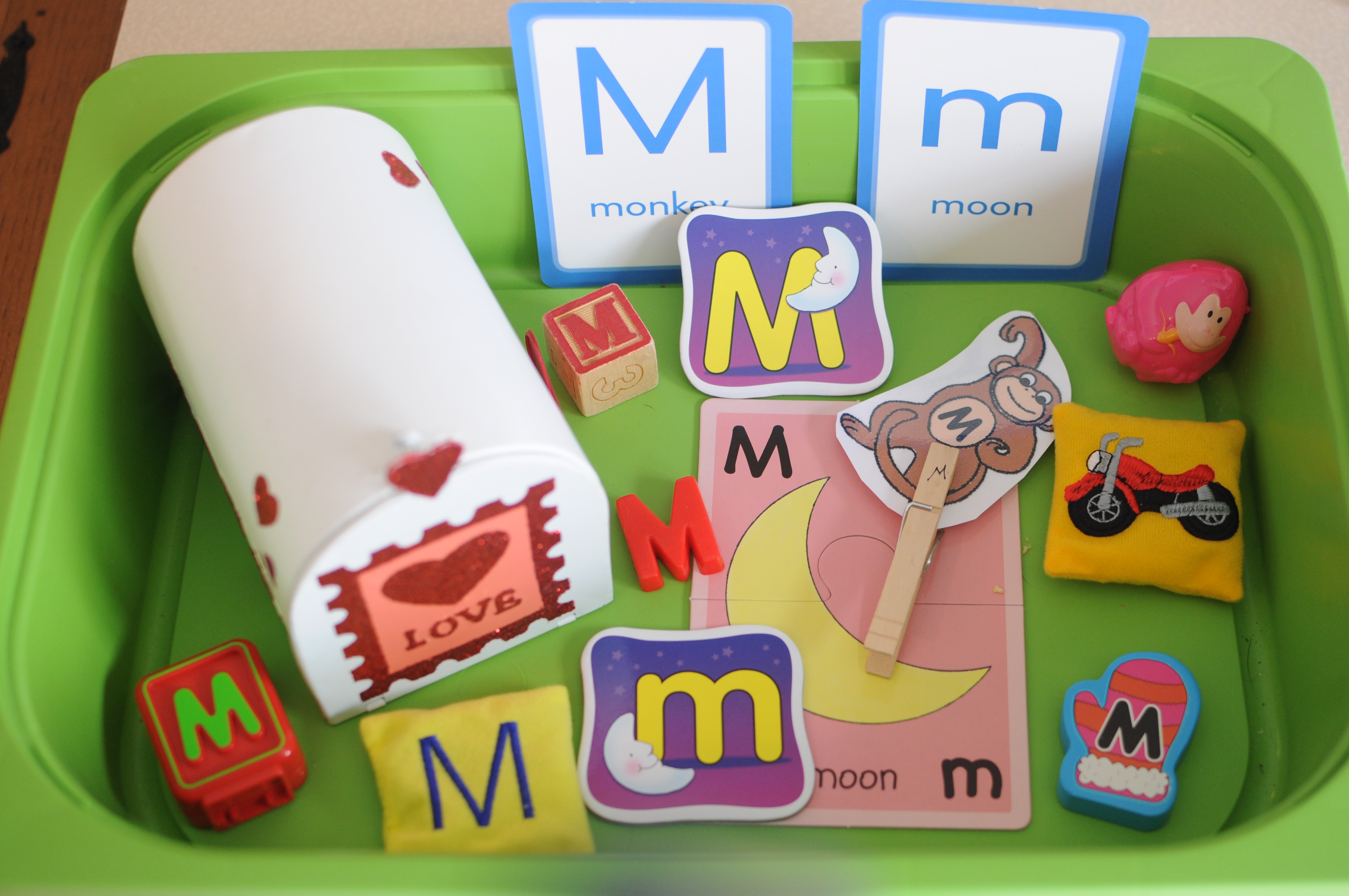
Include M Words in a sensory box.
Practice saying the "m" words as you cut and paste them onto the M.
Math Connections:
Count the items in the room as the rabbit says goodnight. Create simple math problems based on the number of objects in the story to reinforce counting skills.
Bedtime Routine Chart:
Help students create a bedtime routine chart. Discuss the activities the rabbit does before saying goodnight and have students draw or write about their own bedtime routines.
Rhyming Words:
Identify rhyming words in the story. Have students come up with their own rhyming words related to bedtime or create a class rhyming word chart.
Match the rhymes.
Play "I Have Who Has" with rhyming words.
Writing rhyming words.
Nursery Rhymes
There are a few references to nursey rhymes and fairy tales in this story. Look for nursery rhymes and write on cahrt paper for a read-aloud.
Compare and Contrast:
Compare "Goodnight Moon" with another bedtime story. Discuss similarities and differences in the themes, characters, and settings.
Writing
Make a list of things to say goodnight in your room.
Family Involvement:
Encourage students to share their bedtime routines with their families. This could be through drawings, writings, or verbal discussions. This activity promotes family involvement and reinforces the connection between home and school.
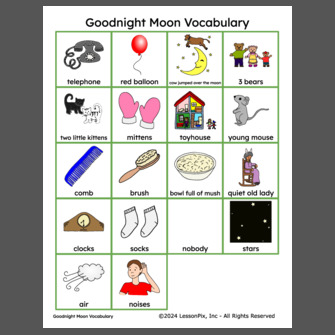
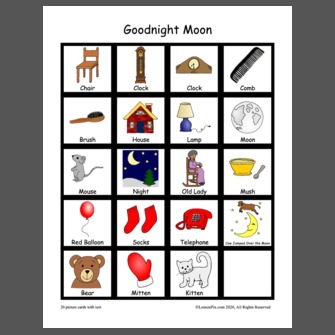
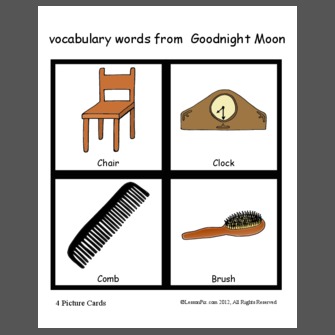



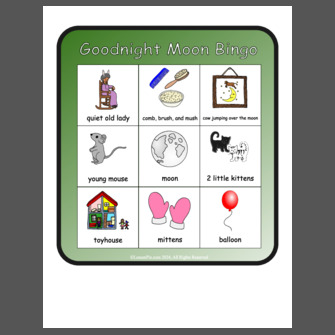
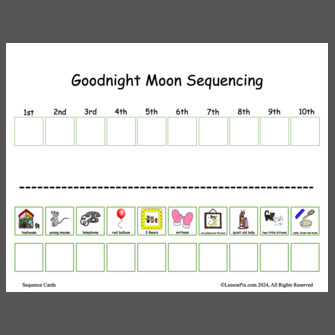

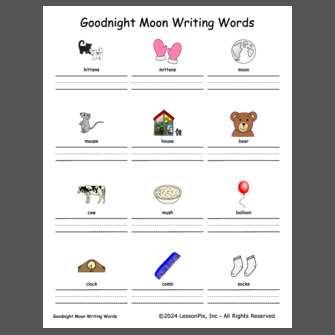
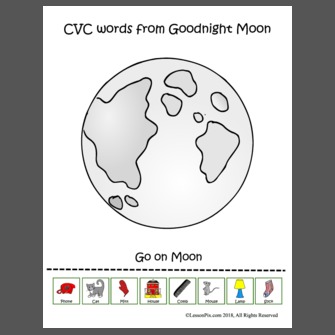
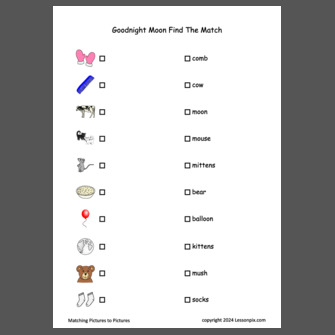

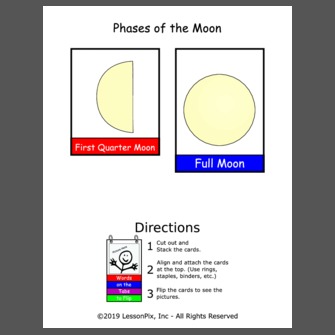

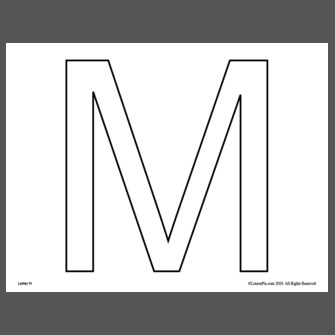


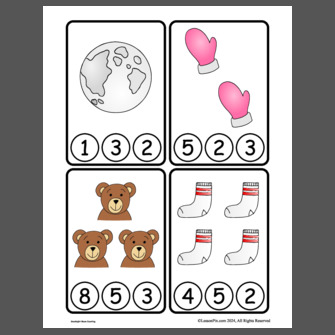
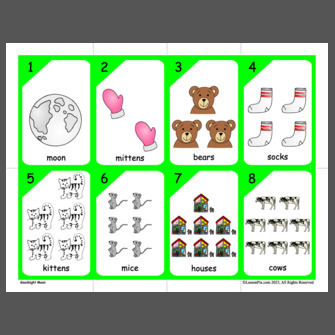
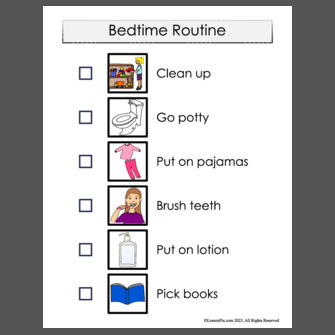

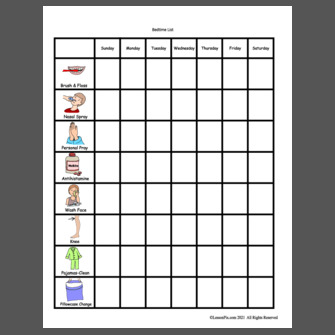
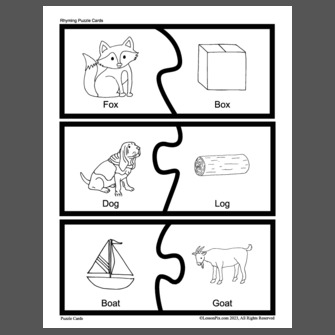
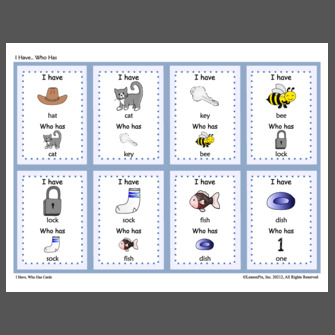
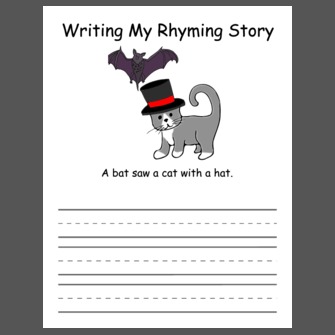
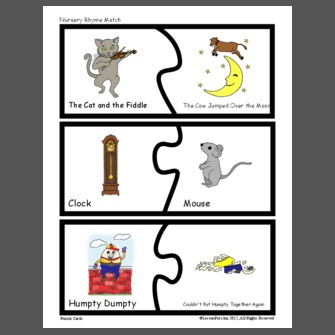
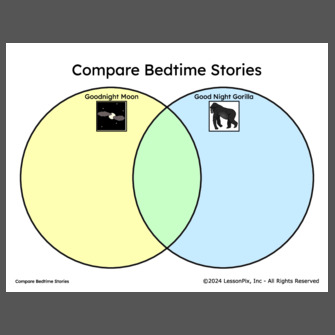
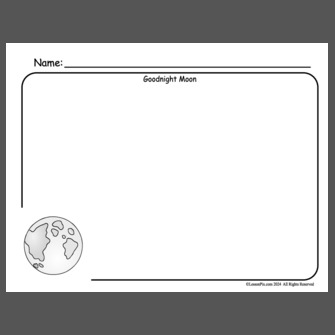

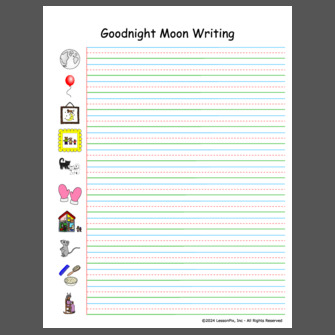
 Facebook
Facebook Twitter
Twitter Pinterest
Pinterest